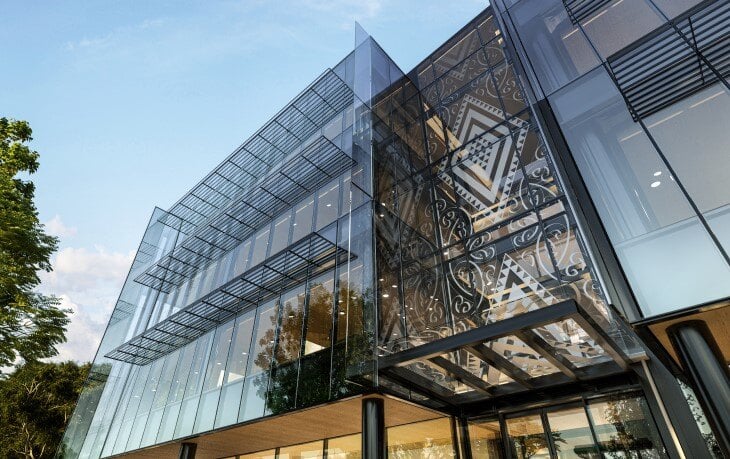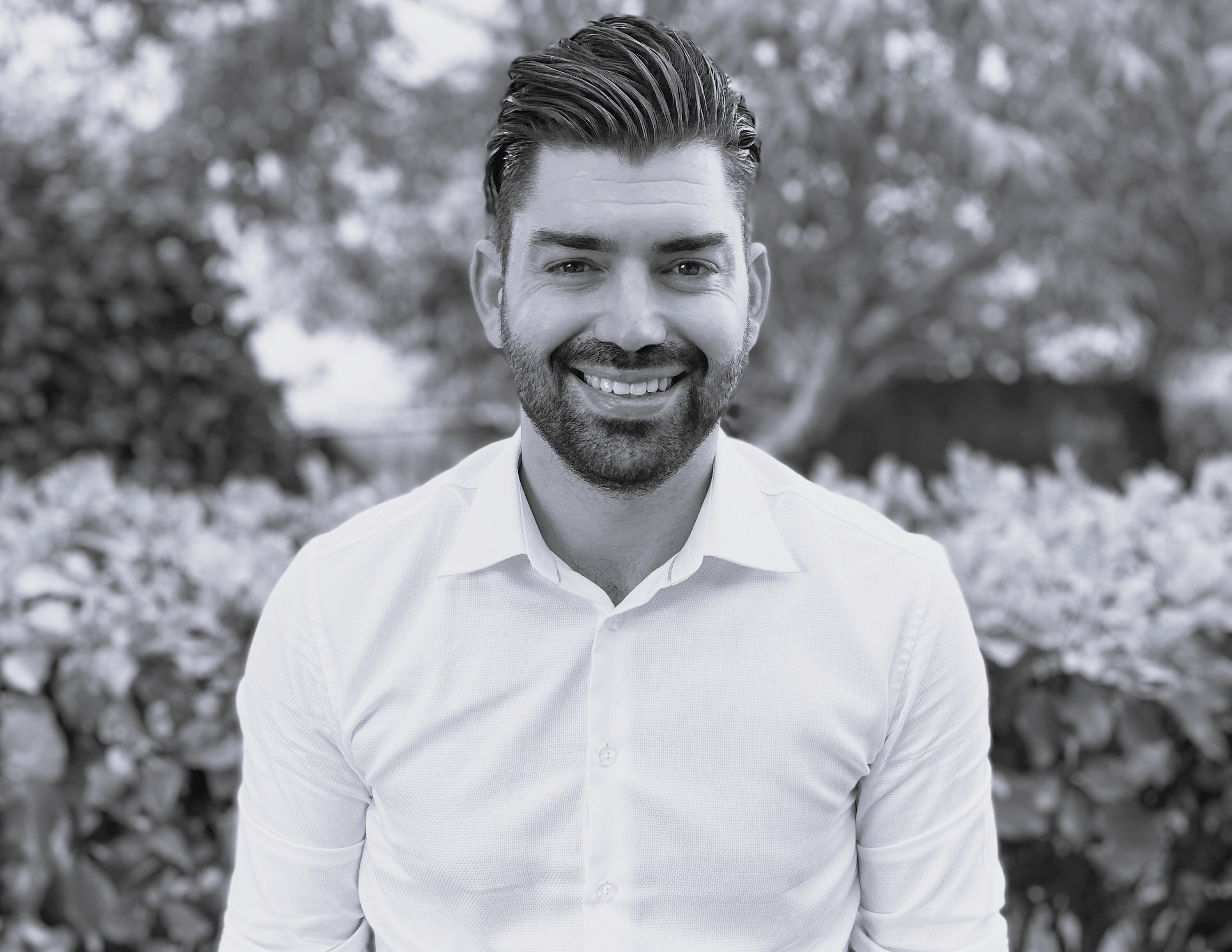We are thrilled to welcome Matthew Cutler-Welsh back to the Green Building Council. Matthew joins us in the role of Business Development Manager – Residential where he will be helping those building new homes and managing existing homes, rental properties and home owners to achieve lower carbon, healthier places to live.
We asked Matthew to tell us a bit more about himself and what's fueled his interest in healthy, sustainable homes.
I’m on a bit of a mission to help people make a better place to live.
I grew up in Adelaide where I probably took for granted the beauty of the natural environment, especially the amazing beaches. But the arid landscapes dominated by amazing coastlines of clear water around South Australia must have had an impact on me, because I’ve been seeking ways to have a positive impact on the environment ever since.
In 1998 I travelled to New Zealand to study Outdoor Recreation for a year. All these years later I’m very fortunate to have a lovely family here in Auckland. Natalie and I met at polytechnic and spent three years together as Outward Bound instructors in Anakiwa before moving to Christchurch where our three children were born.
In 2010 and 2011, our family experienced the Canterbury earthquakes. We left Christchurch and I joined the New Zealand Green Building Council in the early days of Homestar version 1. I remember being amazed by the incredible collaboration that had taken place to bring industry experts and passionate people together to create the original Homestar.
Working across the whole breadth of Homestar technical criteria, and also helping out with some of the early processes (yes, you can blame me for some of your Homestar process headaches), was an incredible experience. I also had the chance to interact with leading professionals in the design and construction industry. I remember starting to hear about things like Passive House and being confused how it was different, or in any way beneficial compared to ‘passive solar’ design. I found myself seeking more detailed answers to technical questions about building performance, sustainable design, and sustainability. I didn’t know it at the time, but what I was searching for was Building Science.
I was honoured to be invited to the join the Board of Te Tōpūtanga o te Whare Korou ki Aotearoa, Passive House Institute NZ (PHINZ) in 2016. That same year, I also took up an opportunity to learn about Building Surveying at Alexander & Co. Ltd. This experience was a deep dive into the reality of what happens to buildings, and the people inside them, when things go wrong. This journey continued to my most recent role as Education Manager at Pro Clima (NZ) Ltd. In this privileged position, I communicated the concepts of building science and building enveloped control layers to architects, designers, builders, and consultants.
At times I find it frustrating when I learn about past experiences overseas. ‘Leaky buildings’ is a not a new problem and New Zealand is far from unique. Yet we seem to be destined to have to make the same mistakes ourselves and rediscover what is already known. I am however excited to see a real increase in understanding and motivation for building better in New Zealand.
I’ve returned to NZGBC largely because of the great potential I see for Homestar v5. Once again an amazing team of industry professionals has done some ground breaking work. I’m looking forward to bringing a new level of energy modelling and sustainability understanding to the New Zealand residential building industry.
My first attempt at university back in Adelaide, was studying physiotherapy. I left it partly because I felt that I could do more. I was aware that the planet had bigger problems than people with sore knees. More than two decades on, I now understand that we all have a part to play in the health industry. Most of us spend up to 90% of our time indoors, so the built environment can’t help but impact our health.
I believe that we all have an opportunity and a responsibility to make buildings that are good for people and good for the planet.



